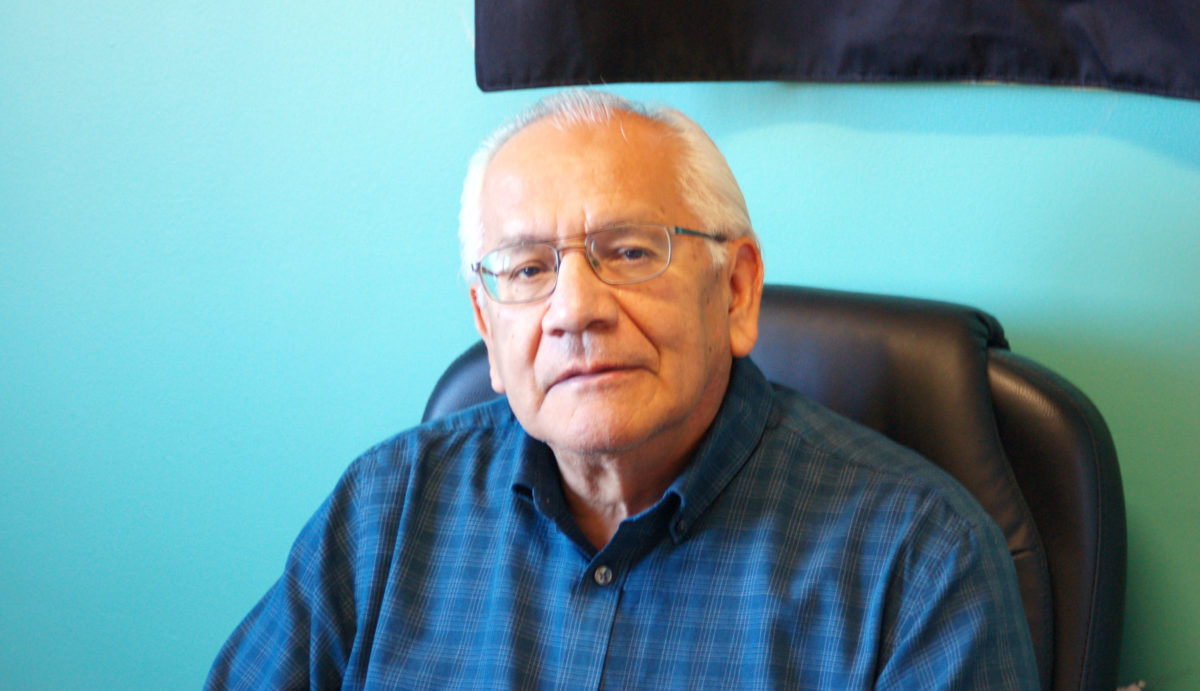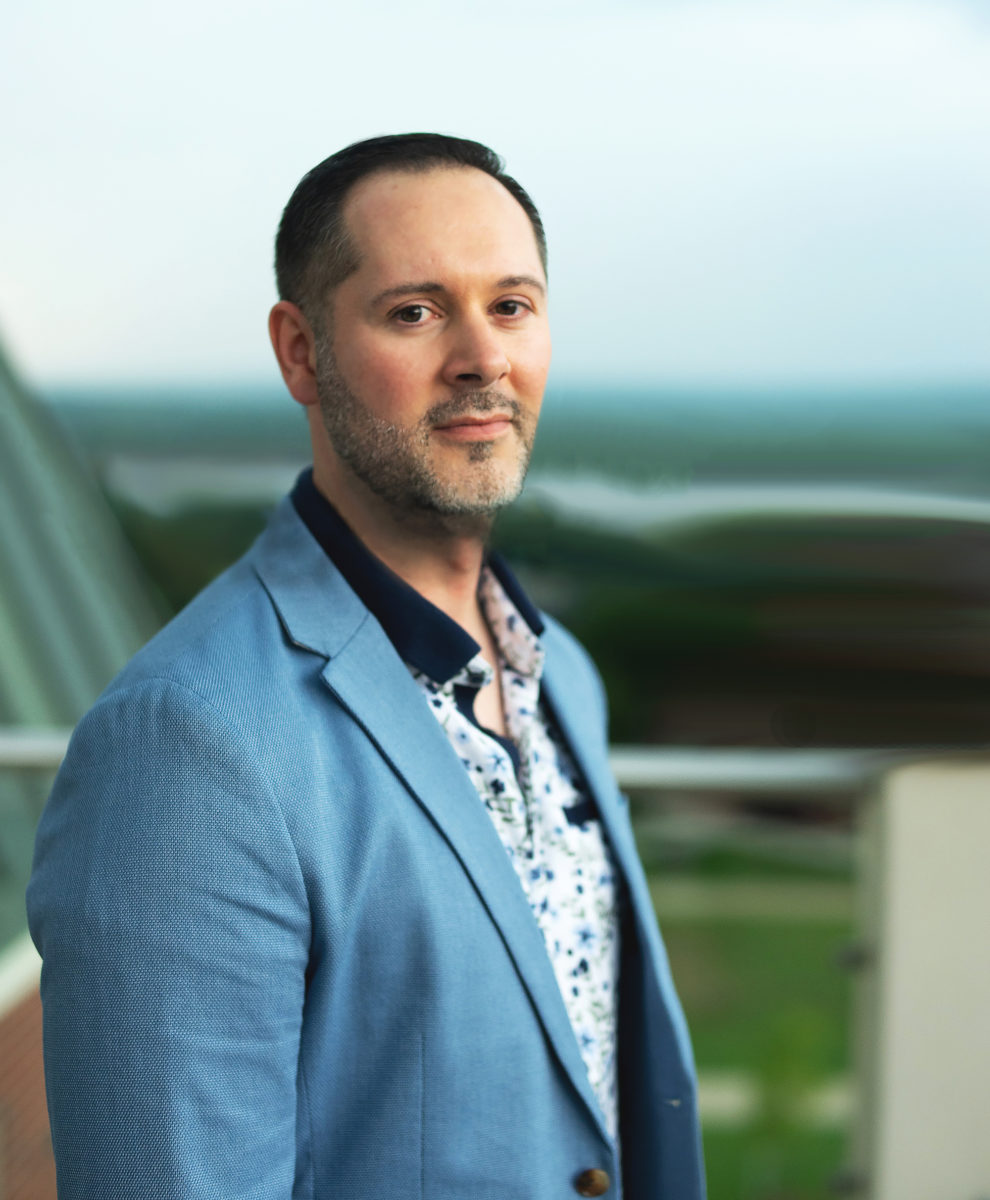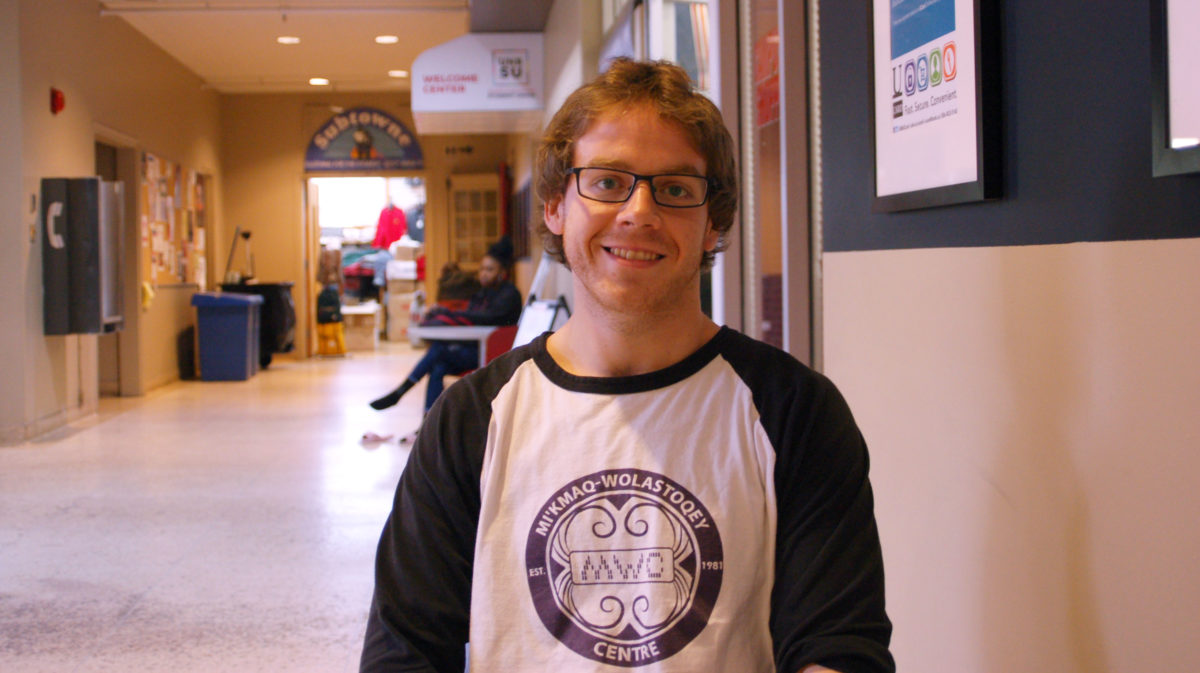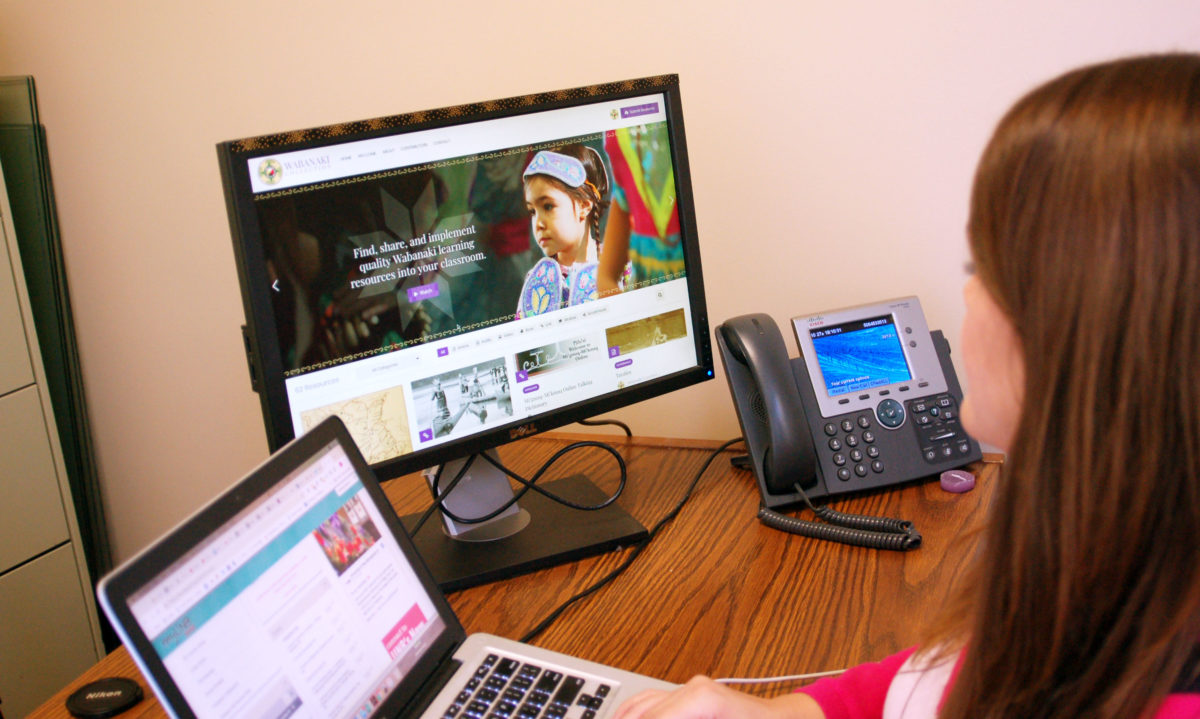David Perley, the director of the Mi’kmaq-Wolastoqey Centre at the University of New Brunswick, has been asked by public school teachers, students and faculty for guidance when teaching and learning about Wabanaki peoples for more than two decades.
“I’ve always argued that we should know more about the Wabanakis here in Atlantic Canada before we go into a study of other First Nations across the country,” he said.
Natasha Brewer, First Nations Governance and Leadership Program co-ordinator at the centre, felt “ill-equipped” broaching the subject of Indigenous topics when she worked as a substitute teacher in Alberta in 2009.
“I wasn’t really sure where to go to find good resources and I always felt a little nervous sharing things that I found, because I never knew if they were stereotyping or perpetuating problematic narratives,” said Brewer.
Last year, she thought of a solution: a resource website. This would help teachers, professors, students and the public educate themselves and others on Wabanaki peoples, or People of the Dawn including Mi’kmaq, Wolastoqiyik, Abenaki, Penobscot and Passamaquoddy. Brewer said the goal of the website is to provide students with an inclusive education.

Brewer approached Perley about the idea. He said he had been thinking the same thing because of his experience being the consultant for First Nations education from 1992 to 2005. From there, the Wabanaki Collection came to fruition.
“I thought it was so important for us to establish a portal . . . so this could be a one stop [shop] when students and faculty members want to research Wabanaki people,” said Perley.
“This will be a clearing house for everything Wabanaki . . . we want to ensure when they are on this journey of learning about the Wabanakis, it will have a Wabanaki perspective to help them to learn about the history . . . and the traditions and the ancestral teachings.”
Brewer and Perley submitted a form for funding to the Department of Post-Secondary Education, Training and Labour last year to create a resource website. The application was approved in August 2017.
The centre partnered with Essential Studios – a website design, digital marketing and app development company – to create the portal. It was completed this past summer, but the centre wanted to add more resources to the website before they officially advertised it.
Brent Brewer, the CEO of Essential Studios and former worker at the centre, said they had two Indigenous team members help with the project.
“[It] helped ensure we were coming at everything from a plurality of perspectives, as opposed to falling into the trap of filtering everything through our traditional Western understandings of the way the world works,” Brent Brewer said in an email.

So far, the Wabanaki Collection features 62 resources – including articles, books, audio, video, modules and links to other websites about Wabanaki peoples. Natasha Brewer said both Indigenous and non-Indigenous people can submit resources to the website. From there, elders and members of the centre vet all the material before it is added for the public to see.
Contributors can create their own profile on the website to follow others, like, share and comment on resources people have contributed.
Perley hopes this website will provide people with resources written from the Wabanaki perspective and break down stereotypes and misconceptions.
“We want to ensure what we include on the portal will not reinforce any misconceptions that people have of Wabanaki people or any stereotypes that have been introduced in the past by early writers, stereotypes such as ‘the savage Indian, the barbarious Indian,'” he said.
Matthew LeBlanc, a second-year science and kinesiology student at UNB, has a tattoo of the centre’s logo on his left arm. His tattoo reminds him that the centre is his home away from home at Eel Ground First Nation. He went to the centre for guidance when he started university and he continues to check in from time to time. He also volunteers at the powwows they host.

LeBlanc feels that by creating the resource website, the centre has provided a place for people to be involved in the conversation.
“You want to be a part of memories, a part of culture, a part of history that’s still in the making . . . that’s an Aboriginal concept . . . you’re always supposed to think ahead as an Aboriginal, ‘What am I doing to the seventh generation? I think this helps instill that value,” he said.

“You can look at me, I’m light-skinned. I grew up between the race barriers, so I always say to people, ‘It’s not an Aboriginal thing, this still will help you no matter who you are’ . . . on top of being Celtic, Scottish, Irish and Acadian, I like being Mi’kmaq just as much.”
LeBlanc also believes it’s important to engage and try to learn, even if you don’t feel comfortable doing so.
“If you want to learn about this stuff, it’s great on every level. I think it’s better to try than not try at all. It’s a beginning of things getting better,” he said.
“The center of Mi’kmaq cultural teachings . . . is unconditional love.”

